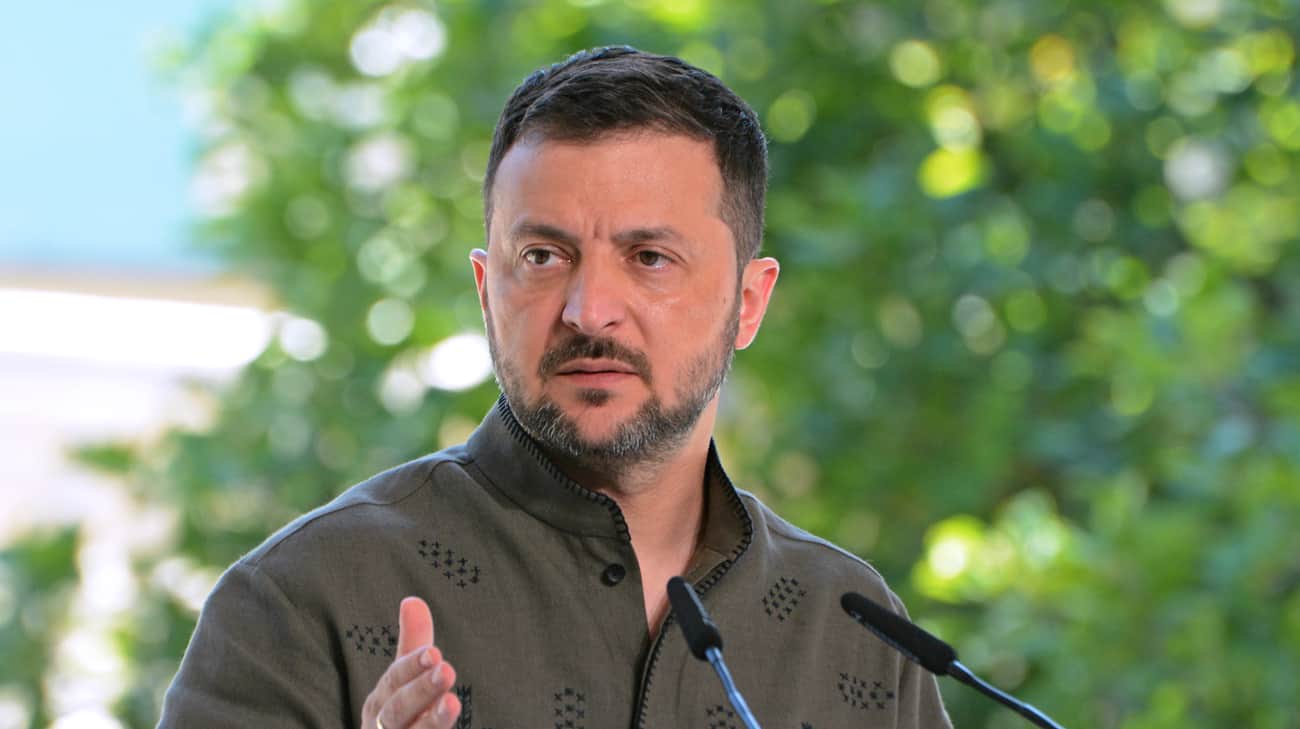Daily Russian strikes in Zaporizhzhia Oblast rise from 200 to 500 since February, regional authorities say
From February, Russia escalated its attacks on Zaporizhzhia Oblast, increasing from 200 to 500 daily strikes, causing significant residential destruction, as reported by Ivan Fedorov of the regional military administration.


Since February, the Russian military has significantly escalated its attacks on Zaporizhzhia Oblast, increasing the number of daily strikes from 200 to 500, according to the Zaporizhzhia Regional Military Administration. Ivan Fedorov, head of the regional administration.
In an interview with Liga, Fedorov noted that since 5 April, there has not been a single day without Russian strikes on the region. This marked increase in military aggression has led to substantial destruction throughout Zaporizhzhia Oblast. Over 11,000 residential buildings have been reported damaged or destroyed, including 349 one-family homes and 555 apartment buildings within the regional capital itself.
The escalation in attacks began in mid-to-late February when Russian forces doubled their daily attacks on the region. Fedorov expressed concerns over the strategy behind these heightened attacks, suggesting that the main goal of the Russians may be to coerce the region into darkness and, subsequently, Ukraine into negotiations.
In response to these challenges, local authorities have fortified their defensive measures, providing additional ammunition, drones, and electronic warfare equipment to the troops defending the region.
Zaporizhzhia City may cease to exist unless the region liberaeted
Zaporizhzhia City will cease to exist, a reality that could take months or years if Ukrainian Defense Forces do not liberate the entire region, Ivan Fedorov told Liga.
According to the oblast chief, agriculture, energy, and metallurgy are sectors Russia has already destroyed or seized in Ukraine’s occupied southern Zaporizhzhia Oblast.
“We lost a lot of sown areas. The harvest that was planted. Both the one that has already been harvested and the one that was at the elevators. We lost the storage facilities where the crops were stored. We lost processing facilities. The occupation left 2,200 agricultural producers, 32 elevators with a capacity of 2 million tons of grain and oilseeds, and five enterprises producing flour and cereal products,” Fedorov said regarding the agricultural sector’s losses due to the Russian occupation of the region’s south.
One of the world’s most heavily mine-contaminated regions
Zaporizhzhia Oblast Head Fedorov stated that the region is currently one of the most heavily mined regions in the world, comparable to Kharkiv and Donetsk. He explained that Russia’s destruction of the Kakhovka reservoir destroyed the region’s irrigation system, which was fed from the Kakhovka Reservoir and sustained the entire southern area. Additionally, the area has lost its crop rotation and old logistics of grain.
Fedorov said that five sunflower oil production enterprises are under occupation, including the two largest ones, the Melitopol and Polohy oil extraction plants. He noted that Russia has seized the entire agricultural industry in the south of the region.
Energy and metallurgy sectors’ losses “catastrophic” in Zaporizhzhia Oblast
The loss to the energy and metallurgy sectors in Zaporizhzhia Oblast due to Russian shelling is catastrophic, according to Ivan Fedorov.
The region, once a net energy donor, now depends on limited power generation capabilities. The currently Russian-occupied Zaporizhzhia Nuclear Power Plant previously accounted for 30% of Ukraine’s energy generation, and the now-destroyed Dnipro Hydroelectric Station once played a crucial balancing role.
Additionally, the occupied industrial city of Enerhodar lacks a thermal power station, significantly reducing the available power.
In the region, household power supply is maintained through transfers from the state’s general power grid, ensuring minimal disruptions in light, despite restrictions imposed on industry.
The metallurgical sector has suffered greatly, losing access to essential resources like coal due to the occupation of a large number of mines, and key processing lines in Mariupol, along with critical logistics in the Black and Azov Seas, making recovery highly uncertain, as per Fedorov.
Read also:
- Russian-occupied Zaporizhzhia nuclear plant’s reactors now in cold shutdown for increased safety
- Dnipro hydroelectric plant out of service after Russian missile attack
- Ukrainian Intel: Top collaborator killed in car explosion in occupied Berdiansk
- Zelenskyy visits frontline Robotyne in Zaporizhzhia Oblast’s war zone
You could close this page. Or you could join our community and help us produce more materials like this.
We keep our reporting open and accessible to everyone because we believe in the power of free information. This is why our small, cost-effective team depends on the support of readers like you to bring deliver timely news, quality analysis, and on-the-ground reports about Russia's war against Ukraine and Ukraine's struggle to build a democratic society.
A little bit goes a long way: for as little as the cost of one cup of coffee a month, you can help build bridges between Ukraine and the rest of the world, plus become a co-creator and vote for topics we should cover next. Become a patron or see other ways to support.



